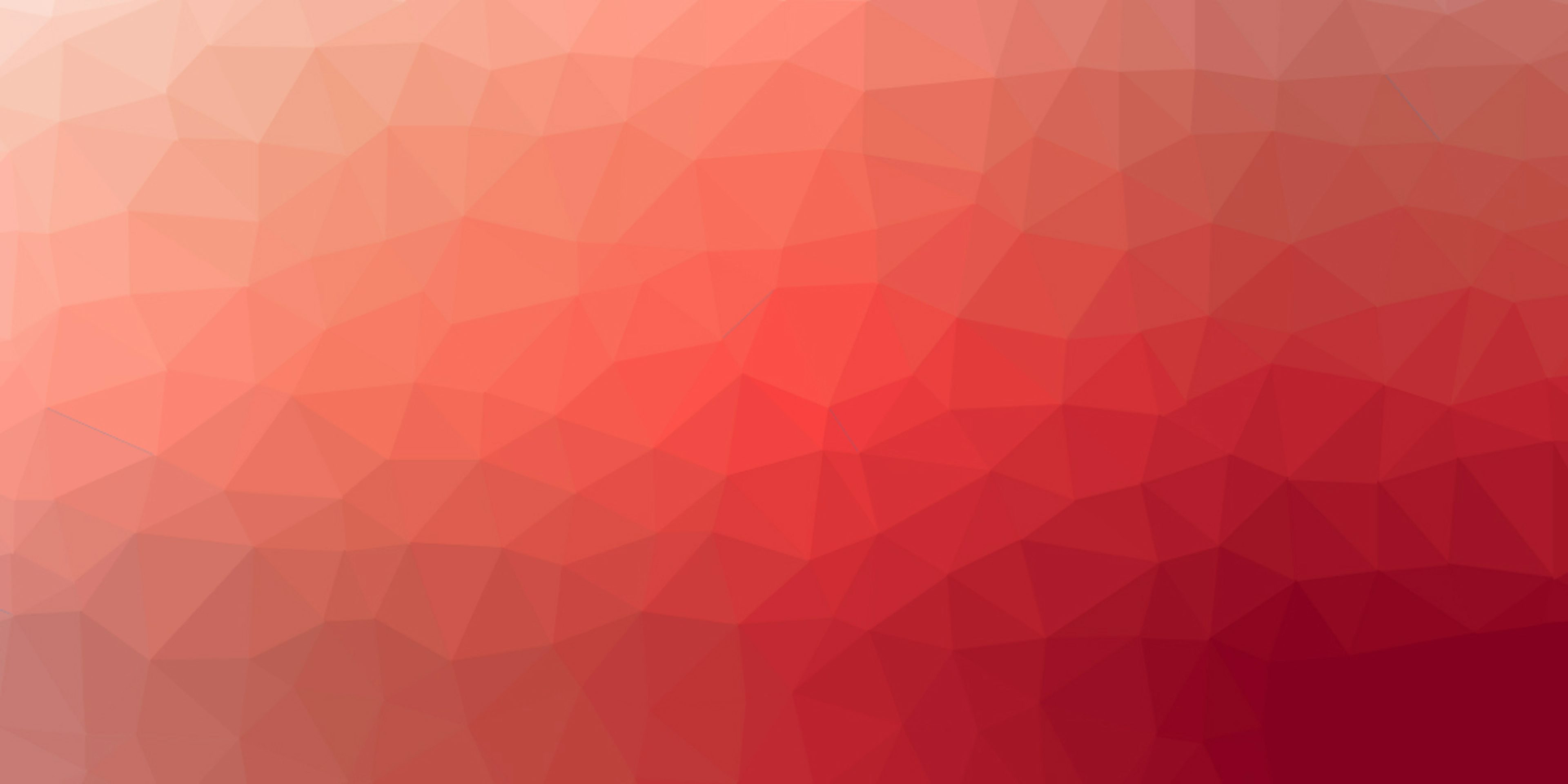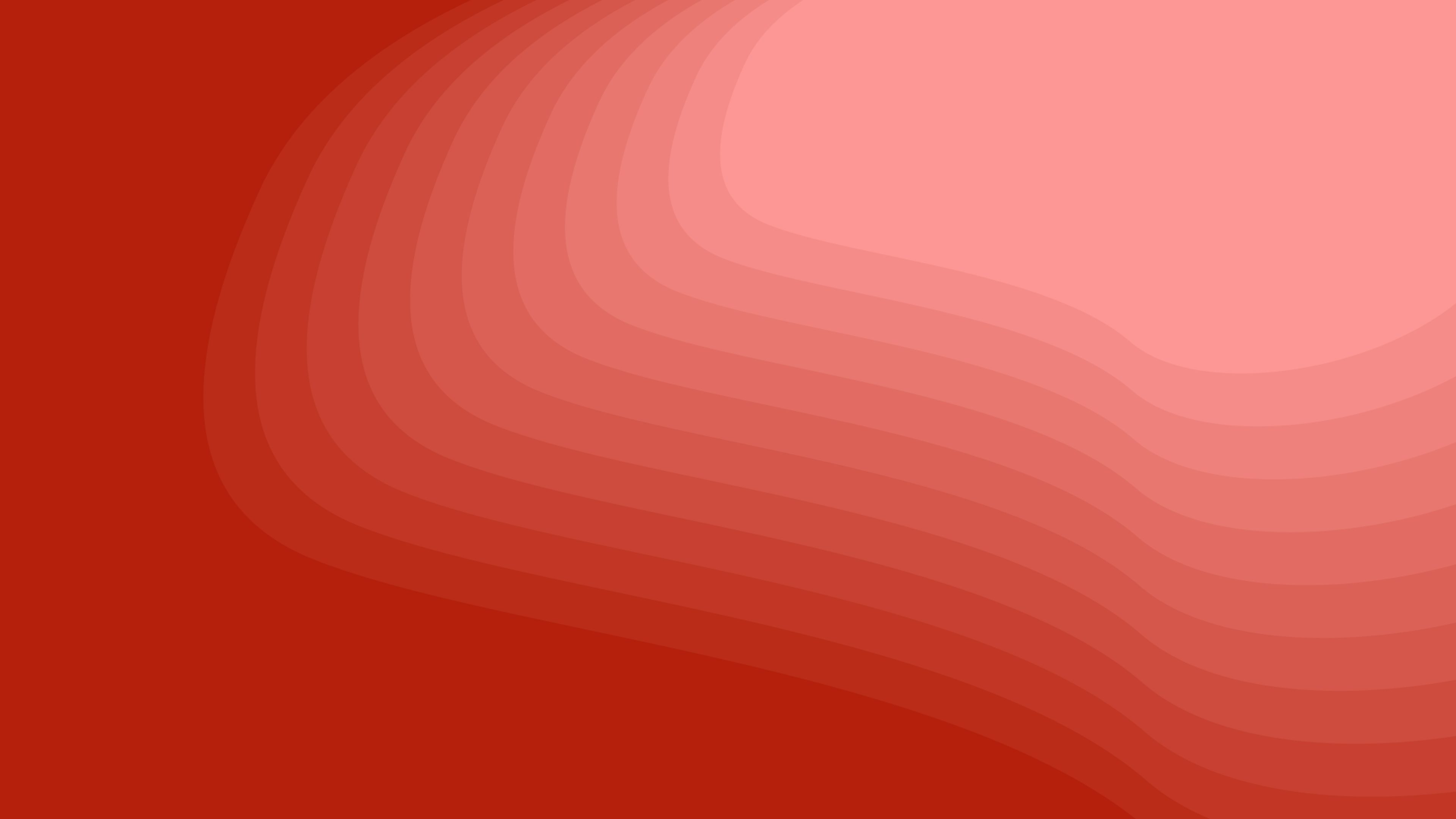Seeing Red
Red is a strong and bold color. There’s a reason why they use red in stop signs and stop lights: it’s such an attention-grabbing color, it’s nearly impossible to ignore. So it’s no wonder that people react very strongly when they encounter the color red. A red background or red wallpaper is going to stand out, but you want to make sure that it’s standing out for the right reasons. Here, we’re going to dig in deep to the history and symbolism behind the color red, so you can decide if a red background is the one for you.
Gallery
As a sample of a few options available, the following list of images are ready to use for any application. To download, right click and select “Save Image As...”








How stop signs informed the color red’s strength
First, let’s stop and analyze why red makes us halt and pay attention. That starts around the turn of the 20th century with a man named William Phelps Eno, who is largely acknowledged as the person who first came up with the idea of the stop sign. Eno - who, ironically enough, never actually learned how to drive - was alarmed by the steadily increasing amount of traffic on the road. In 1900 he published an article in Rider and Driver magazine entitled, “Reforming Our Street Traffic Urgently Needed”. In it, he called for stop signs to be placed at intersections. This was revolutionary in a lot of ways. For one thing, street signs were pretty much an alien concept: aside from the occasional road markers on the highway announcing an upcoming city. There were no lanes, and no speed limits. There also weren’t that many cars yet: the first American-made gasoline-powered automobile was sold in 1896, and while they quickly grew in popularity, they certainly weren’t ubiquitous yet by 1900. But despite all this, Eno was very prescient about the need for stop signs.
In 1915, records show that the first stop sign was installed in Detroit, which is apt as it is known as the “Motor City”. But it wasn’t until 1954 that the Manual for Uniform Traffic Control Devices (which sets the standard for uniform road signage) dictated that stop signs should be red moving forward. The reasoning for this? Red lights had always been used in traffic lights and railway signals to indicate that people should stop. The reason red hadn’t been carried over to stop signs before then, was lack of materials. There was no reflective red material that was durable enough to last for long in the elements until the 1940s and 1950s when industrial companies finally came up with the right material to provide the perfect red background for the kinds of stop signs that still exist today. Fire engines are red for the same reasons: they color grabs people’s attention and also makes them think of words like “danger” and “emergency”.
Red means go. Or I love you ❤️
Paradoxically enough, while red signs have an arresting affect on people, red cars seem to speed things up. Some surveys indicate that people who drive red cars feel more assertive and aggressive behind the wheel. There is also a longstanding rumor that red cars get more speeding tickets: however, studies have borne that out as an old wives’ tale with no supporting statistics to back it up.
Red is iconic in many other realms as well. Red is widely associated with being the color of love (both romantic and courtly) and passion. Red roses are considered the ultimate romantic gift on Valentine’s Day. This practice likely dates back to the Roman de la Rose, a French poem from the thirteenth century that was one of the most well-known and beloved pieces of literature in the Middle Ages. The poem (whose title translates to Romance of the Rose in English) was an allegorical journey where the author searches for a red rose in a secluded garden, where the red rose symbolized the woman the author loved. There is also an entire discipline called floriography, which means the language of the flowers: in it, people can use flowers to a send a secret message to their recipient. In the Victorian era, when it was frowned upon to be to open with romantic feeling, floriography provided people the means to communicate their most closely guarded feelings. In floriography, red roses simply meant “I love you”, and that message carries through to this day.
Incidentally, many people think a pair of Louboutin heels is a great gift: with their signature red bottoms, they certainly would make an extravagantly romantic gift.
Word play with red
Red is such an evocative color, it’s used in a number of colloquial phrases. Here are just a few of them:
Paint the town red: When you want to have fun or celebrate with fun and abandon.
Red herring: A sneaky distraction, often used to describe a dead end in a murder
mystery novel.
Red eye: This phrase has multiple meanings. It can be used to describe an overnight airline flight, or a cup of coffee with a shot of espresso added to it. One (the flight) causes exhausted travelers to have red eyes: the other (the coffee) can help exhausted, red-eyed people put a little pep in their step.
Red flag: Red flags, both literal and figurative, are used to warn people away from danger.
Rolling out the red carpet: This signifies making people feel super high-profile and special, just like celebrities on the red carpet at an awards show.
Seeing red: When you’re so angry that your blood pressure rises enough to practically cloud your vision.
In the red: When there’s red in your ledger, you are overdrawn and in debt. The feeling of stress and anxiety this situation provokes is part of the reason why people sometimes have a visceral nervous reaction to the color red.
Cultural significance of the color red
Red is also steeped in cultural significance throughout the world. In Asian cultures in particular, red is an incredibly important and auspicious color. It heralds good luck, prosperity, happiness, fertility and celebration, among other things. In India and China, brides have traditionally worn red dresses to be married in. Also in China, red envelopes are used to wrap up gifts of money in celebration of the Chinese New Year. But those positive associations are not universal: in many parts of Africa, red heralds mourning and death. In fact, the Red Cross has changed its logo to green and white in key parts of Africa: that’s how deep the color symbolism goes. So if you’re designing a website geared for people in Africa, it would probably be judicious to avoid a red background.
Because red is such a bold background choice, it makes sense graphically to break it up with another contrasting color. A red and black background packs a strong visual punch in web design. If it’s an ecommerce site, red is a good dominant color: a red background may actually help drive sales, as consumers tend to respond positively to it. A black and red background is great for personal use, too: a black and red wallpaper on a mobile phone looks sleek and elegant with a little pop of color.
Using red as a background
When it comes to choosing your red background, you may not realize that there’s a wide array of reds to choose from. That’s because when we think of red, we typically hone in on that bright, primary color red. But there’s a whole spectrum of shades to explore. We may call them by other names, but these hues would make an ideal dark red background: garnet, wine, mahogany, berry, brick. These all lend themselves to elevated and elegant takes on a dark red background.
Cool red backgrounds are also fun ones to play around with. Cool red backgrounds are reds with a blue undertone. And if you remember learning about color mixing, you know that red and blue together is purple. There are some shades that you mentally categorize as being closer to purple are really a cool red. These shades include maroon, magenta, burgundy and crimson. Essentially, adding a little blue to a straight red ends up creating several shades of red with cool undertones. Conversely, adding a little yellow to a true red will make it a warmer shade. You can take the same shade of red and turn it into a warm tomato-red background shade, or a cool raspberry-red background. Don’t forget that colors, like a lot of other things, exist on a spectrum.
History of red
If you want more inspiration in the process of selecting a red background, dig into some art history. Just learning about the original creation of red pigments is bound to ignite your creative spark. People were creating their own red pigments for over 15,000 years. People in the Late Stone Age created red ochre, a clay pigment tinted red by the mineral hematite. Red ochre was used in ancient cave paintings: think of it as the original version of red wallpaper on a focal wall. But that’s not all they painted: ancient Egyptian women actually used red ochre to tint their lips and cheeks: it was an early take on makeup.
There are plenty of other fascinating red pigments throughout history. In Roman times, workers were forced to mine cinnabar, which was highly toxic but also extremely valuable and coveted. Crimson (one of those cool red backgrounds we discussed above) was originally made from dried and crushed scale insects called kermes. Crimson is similar to carmine: carmine was made from another scale insect called the cochineal. All in all, perhaps unsurprisingly, the history of red pigment is as bloodthirsty as it is beautiful.
Colophon
While Cool Backgrounds is a fine resource for generating images from popular javascript libraries, the real heavy lifting comes from the library authors themselves. When it comes to customer support, Quinn Rohlf from Trianglify.js is incredibly responsive and a really smart guy to boot. Particle.js is developed by Marc Brüderlin with a wonderful API and is being actively maintained. Gradient Topography is a newly minted project by me as a response to the amazing work by the Codrops crew. And of course Unsplash is one of the best internet treasures of all time, built by the former Crew team as a side project. Oh yea and can’t forget CSS Gradient and Rellax.js which is the “cool background” that powers those sliding parallax shapes in the content section of this site!